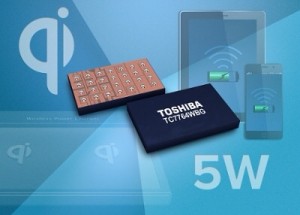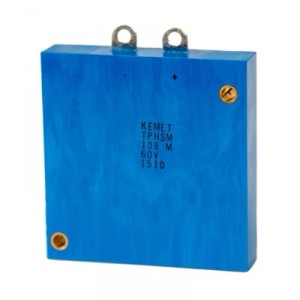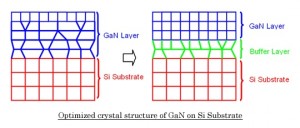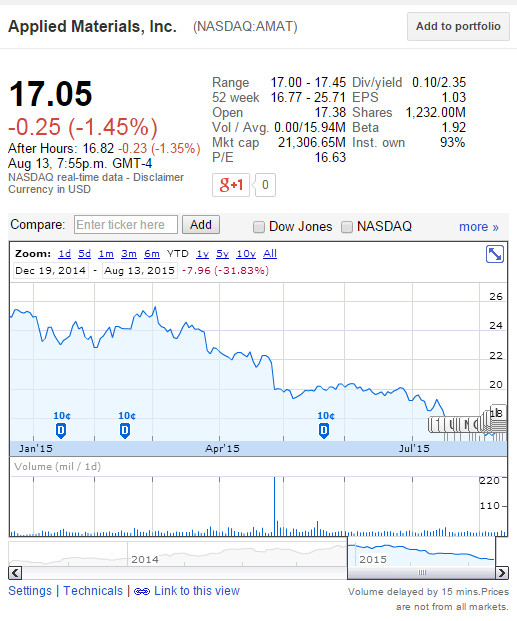Toshiba has expanded its range of backside illumination CMOS image sensors equipped with Phase Detection Auto-Focus (PDAF).
Designed for use in smartphones and tablets the sensors achieve high performance image capture and low power consumption.
 The range expansion features the 8 megapixel (MP) T4KA3-121, the 16 MP T4KC3-121, the 13 MP T4KB3-121 and the 20 MP T4KA7-121.
The range expansion features the 8 megapixel (MP) T4KA3-121, the 16 MP T4KC3-121, the 13 MP T4KB3-121 and the 20 MP T4KA7-121.
Originally developed for SLR cameras, PDAF locks in focus at speeds much faster than the auto-focus systems currently used in smartphones and tablets – making it easier for mobile devices to capture not only the still objects, but also fast moving objects.
Image brightness is boosted by up to four times by Toshiba’s Bright Mode technology and the sensors also support high dynamic range (HDR) to capture natural images of scenes with a high contrast ratio, ending the problem of over- and underexposed images.
Mobile device manufacturers are constantly striving to design and build the most powerful, power efficient devices in the smallest possible form-factors. In order to support this need for smaller components, Toshiba has developed a design method that realises smaller CMOS sensor chips and low-power circuits.
The T4KA3-121 achieves output speeds of up to 30fps at full 8MP-resolution – with power consumption figures of just 140mW or lower. Full-HD outputs are supported at frame rates of up to 60fps, and HD outputs are supported at 120fps in normal mode and 240fps in Bright Mode.
The T4KB3-121 and T4KC3-121 achieve output speeds of up to 30fps at 4K2K resolutions, Full-HD at frame rates of up to 60fps, and HD outputs at 120fps.
The T4KA7-121 achieves output speeds of up to 22ps at full 20MP-resolution 24fps at 18.8MP and 28fps at 16.3MP, with a power consumption of 440mW.






